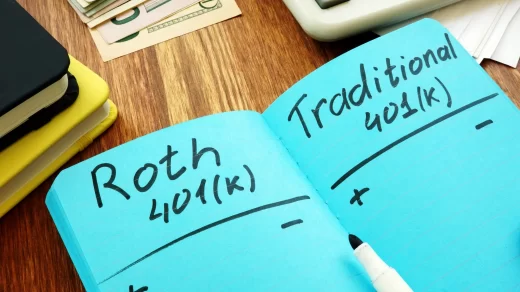One of the features of the federal income tax code is that it allows you to use capital losses to offset capital gains, and in some cases, ordinary income. Doing this allows you to lower your taxable income and therefore lower your income tax due. “Tax loss harvesting” is a fancy term for selling some of the investments where you have lost money in order to save on your income taxes.
For example, if you buy an ETF for $1,000 and sell it later for $1,500, you have a capital gain of $500. You will have to pay tax on this $500 gain. The tax you owe is a function of (a) how long you held the investment and (b) your total taxable income. You can read more about this here, but for purposes of this example, the tax rate is not important. What is important is knowing that you have a $500 gain and trying to figure out how you can mitigate the income tax due because of this.
Tax loss harvesting is the way to mitigate this.
You can offset this gain–and therefore the tax due on it–by also selling an investment where you have lost money. Maybe there’s another ETF that you bought for $2,500 that is now worth $2,000. If you sell this ETF you will realize a $500 capital loss, which will offset the $500 gain in the first example.
Pair Types of Gains and Losses
One of the keys to this strategy is to make sure to pair short-term gains with short-term losses and long-term gains with long-term losses. Because short-term investments and long-term investments are taxed differently, if you don’t match the pairs together, is it likely your tax gains and losses won’t fully offset each other.
Only Use Tax Loss Harvesting in Taxable Accounts
Tax loss harvesting is only useful for taxable investment accounts. That’s because investment activity in these accounts does not result in taxable events. (Remember, you don’t incur taxes when you buy and sell investments in your retirement accounts.) So there is no point–at least not for income tax purposes–of tax loss harvesting in tax-deferred or tax-free accounts. That means that you don’t need to waste any time thinking about 401(k), IRA, or other retirement accounts.
More To Think About
There are four other important points to keep in mind.
First, many people think of this as a year-end tax planning tool. They look at their gains over the course of the year and then try to figure out if they have any losing positions that they can sell in order to offset the gains. But tax loss harvesting can be done at any point during the year.
Second, there are instances where you can use capital losses to offset ordinary income, not just capital gains.
Third, you have to be wary of wash sale rules when tax loss harvesting.
Fourth, tax loss harvesting can lead you to stray from your intended asset allocation if you are not careful. There are ways to work around this.
Tax loss harvesting can be a great tool. But as with any tool, you need to use it properly and use it with care so that you get the results you want without creating unintended consequences.





3 Responses
[…] in lower income brackets, but anyone who wants to try to manage capital gains taxes should consider tax loss harvesting and charitable gifts of appreciated investments as ways to mitigate capital gains […]
[…] I sell shares, I am usually doing so in order to stick to my target allocation, harvest tax losses, or change investments (e.g., I want to buy another ETF in the same asset class because I think the […]
[…] another post, I’ve written about using capital losses to offset capital gains to help manage your income tax bill. But, to a limited extent, you can deduct capital losses from […]